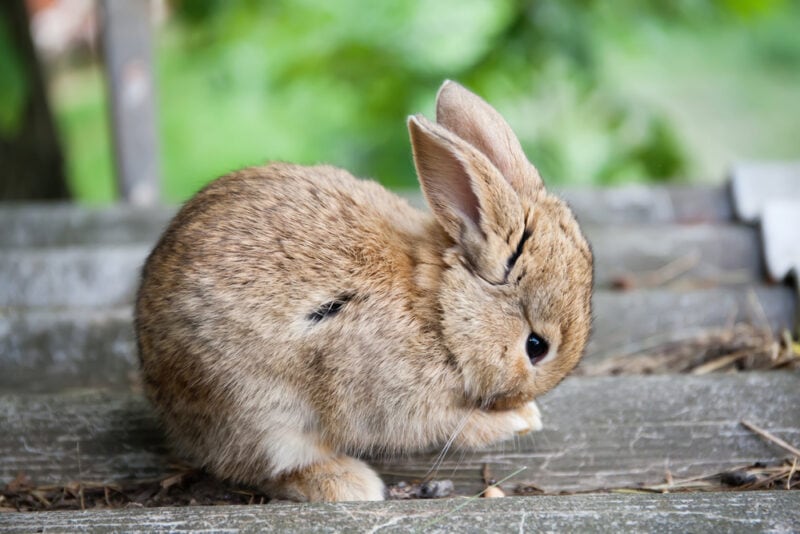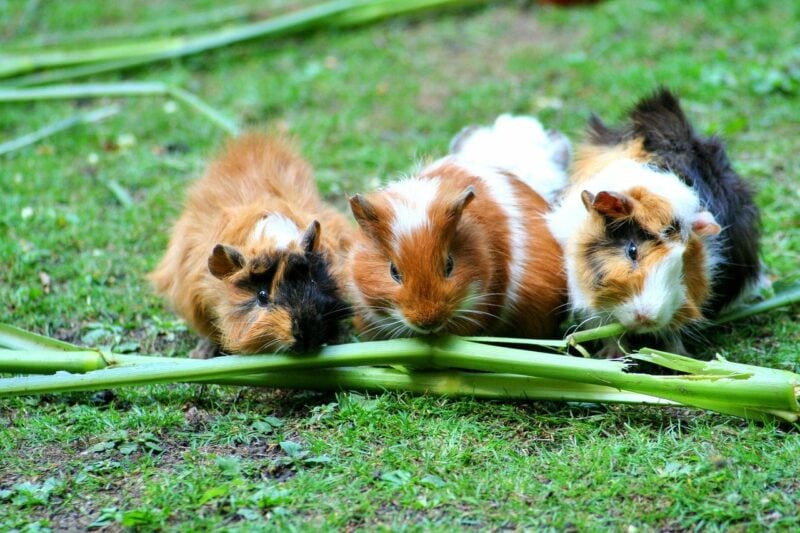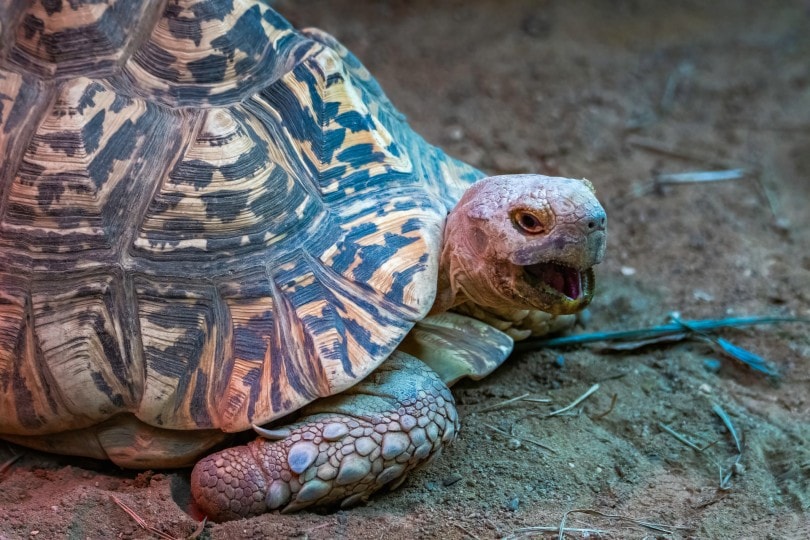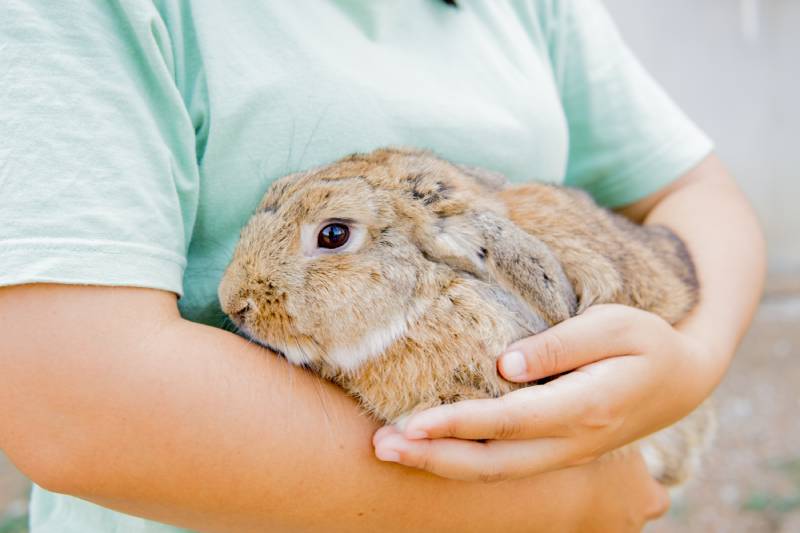VET APPROVED

The information is current and up-to-date in accordance with the latest veterinarian research.
Learn more »As pet owners, we notice that our pets have peculiar mannerisms, and rabbits are no exception. These animals exhibit many behaviors that we may find strange. A common one is rabbits rubbing their chins on objects, places, people, and even other bunnies!
But why do rabbits rub their chins on everything? What is so special about that area? Here are five reasons for this unique behavior!

What Is Rabbit Chinning?
Rabbits rubbing their chins on areas and objects is called “chinning.” The general idea is to mark their territory. These animals are territorial, and chinning is the quickest, most common way to leave their marks on areas, objects, and even people.
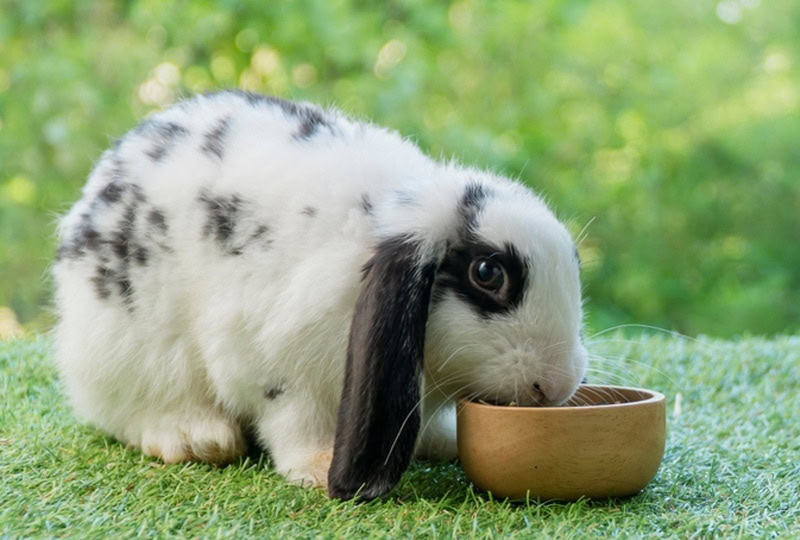
The 5 Reasons Why Your Rabbit Is Rubbing Their Chin on Everything
1. To Mark Their Territory
Rabbits generally perform chinning to mark their territory! These are territorial animals and use odor to identify their spaces. Rabbits leave their scent behind in areas that they claim as theirs, such as sleeping areas, certain spots of their cage, and even where they eat. To them, having their own space is incredibly important.
That said, just because your rabbit marked a specific area does not necessarily mean you or other animals in the house can’t “trespass.” It simply allows them to relax, knowing that they are in an environment that they can call home.
Although rabbits can share space with people and other bunnies, they are still particular about their own personal space. They can exhibit a bit of aggression if they feel that their territory or space is being violated. They may grunt or even bite to protect their personal space, so remember to be mindful of your pet’s needs!
2. To Navigate
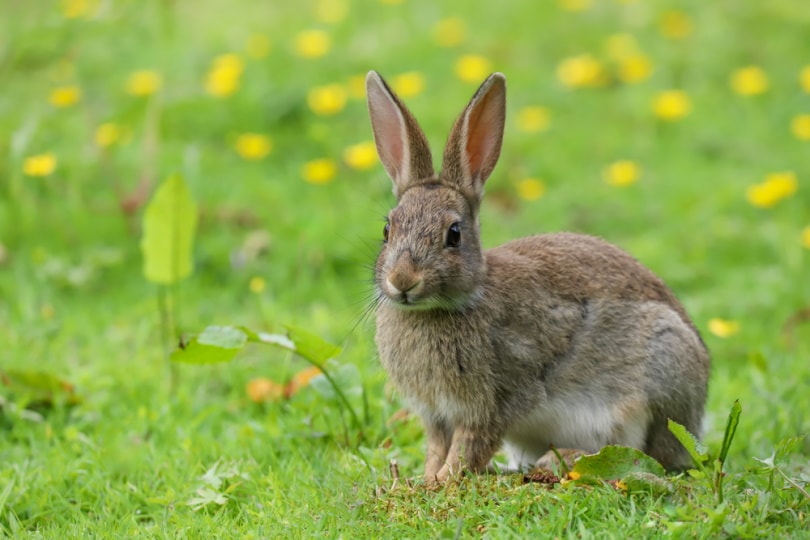
Aside from marking their territory, rabbits may use chinning to navigate new areas. You may find your pet chinning different places and objects when placed in a new area or environment. They use these scent markers as a means of familiarizing themselves with the environment when exploring, telling them where they have and haven’t been.
You can see this behavior if you and your rabbit just moved to a new house. You might find your pet exploring while also leaving their mark!
3. To Claim Property
Aside from areas, rabbits can claim objects as theirs, so you may find your rabbit chinning on toys and food. You may find that they also chin on things like shoes or random items lying around. Marking such things simply means your rabbit finds comfort and security in them. It can also mean that they find the object interesting, and leaving their mark on it can make it easier for them to find it and explore it at a later time.
Food is also considered an important property for rabbits. You may find that yours stake claims to food by rubbing their chin on them, especially if there is more than one rabbit in the household. Bunnies do not like to share food!
4. To Display Affection
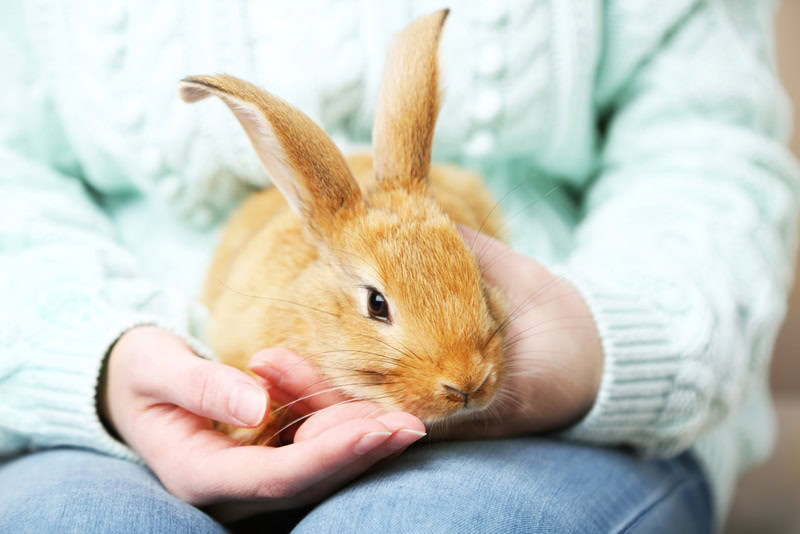
When it comes to marking territory and property, you, as the owner, may fall within that category. Your pet spends considerable time around you, and chinning on you suggests that you belong to them. Rabbits have a sensitive sense of smell and can detect differences in odors, even when your human nose doesn’t notice them. You may find your bunny chinning you again after you take a bath, when their scent is no longer detected.
Rabbits in male and female pairs chin each other to show their love and affection. In addition, your pet can chin you to show that they love you! Rabbits know how to show their affection, especially when they know that you take good care of them.
5. To Establish Dominance
You can also find rabbits chinning other rabbits. If you own multiple bunnies of the same sex, you may catch them chinning each other to assert their dominance. This behavior is more common in male-male pairs.
Eventually, the struggle for dominance ends with one rabbit bowing their head toward the winner of the struggle. Chinning will no longer be observed, but you’ll find one rabbit acting dominant over the other. This does not necessarily mean that they won’t become close over time, but there is a clear social hierarchy present in the rabbit world.

Why Do Rabbits Use Their Chins in Particular?
Rabbits have scent glands located underneath their chins. These secrete a certain smell unique to each rabbit. When they rub their chin on something, they leave their scent on the surface.
You may notice your rabbit chinning on furniture, clothes, or other objects and wonder if you can detect the scent, but the truth is that humans can’t see or smell the marks that rabbits leave behind! That means chinning won’t ruin or even leave an observable sign that your pet has marked their territory.
The chin is not the only area with scent glands, meaning they can mark using other body structures aside from the chin. Rabbits have scent glands on their genitalia and anus too. Chinning is merely considered the most convenient and socially acceptable method for bunnies, which is why it is the most common. As owners, we should familiarize ourselves with the habits of our pets, including their method of marking.
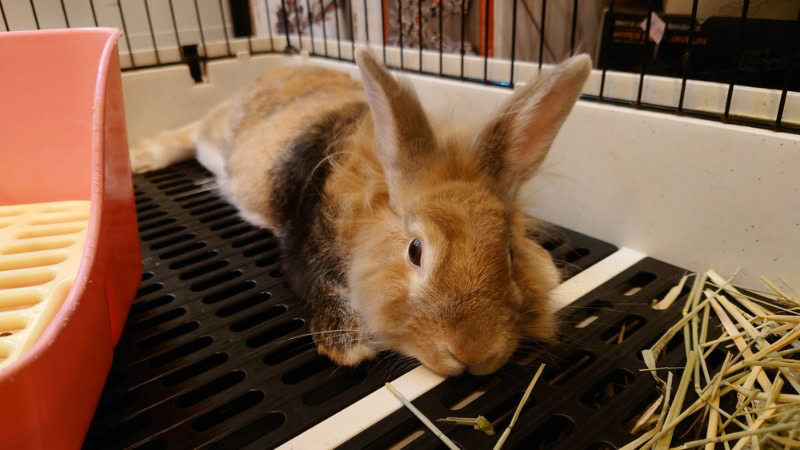
What Other Markers Do Rabbits Have?
Chinning is only one way for rabbits to mark. While we may find rabbit chinning to be a convenient and somewhat cute way of marking, the other methods are not so appealing. Rabbits can also mark their territory by defecating and urinating as a sign to other rabbits that they have claimed a space.
Bunnies have their own unique personalities, so some may use chinning, while others may prefer urination and defecation to leave their mark. You will only know what method your rabbit chooses when you get to know them enough.

Conclusion
Rabbits rubbing their chins on things is completely normal behavior. Beyond being cute to watch, it serves an important purpose in the rabbit world. They do this to mark their territory and to claim things as their own. They also do it to show affection and ensure that they are in a safe space. As rabbit parents, we need to understand that our bunnies have a huge sense of “mine-ness” and a unique way of exploring the world.
Related Reads:
Featured Image Credit: Besjunior, Shutterstock
